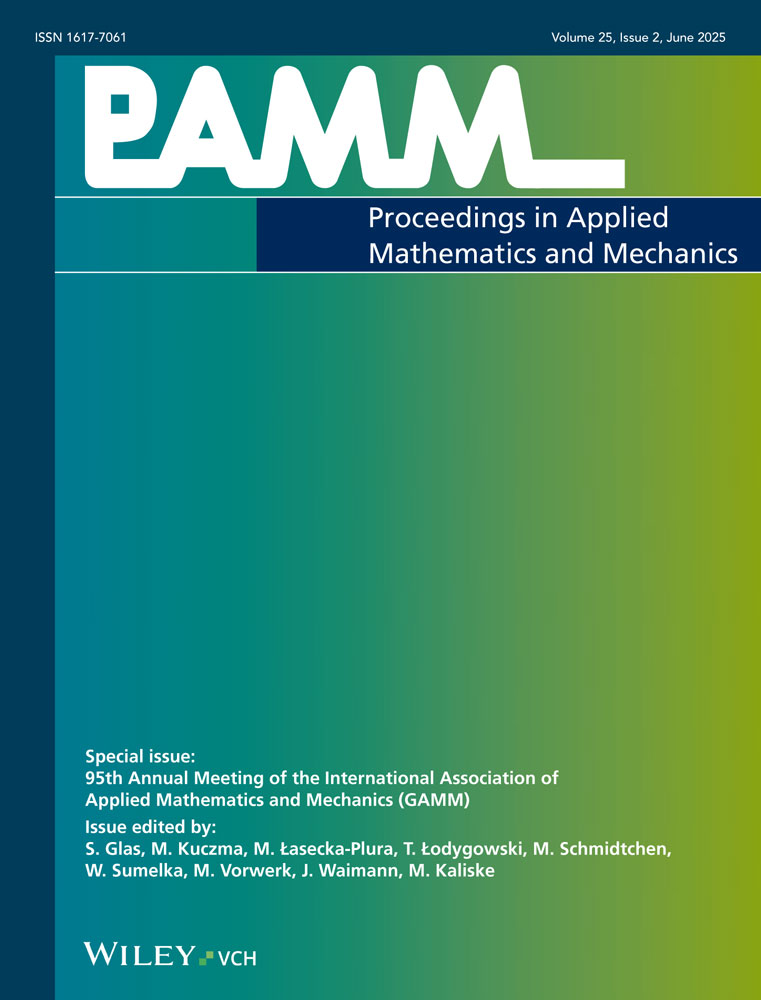The investigation of femoroacetabular impingement using motion capture, FEM and multi-body simulations
Abstract
In recent years, femoroacetabular impingement (FAI) has become increasingly common. As published in the literature, FAI is caused by an unphysiological contact between the proximal femur and the acetabular rim, which may lead to pain, limitation of movement, and damage of cartilage. In this paper, patient-specific finite element simulations of the movement of the hip based on gait motion data and MRI segmentation were conducted to check stresses of the acetabulum and femur, and additionally whether a bony contact is present or not. The study's findings show no bony contact between femur and acetabulum, which may lead to the hypothesis that the labrum and its deformation and/or the articular capsule are involved in the mechanism of FAI. In order to verify this hypothesis more simulations including labrum and capsule must be performed. (© 2016 Wiley-VCH Verlag GmbH & Co. KGaA, Weinheim)




